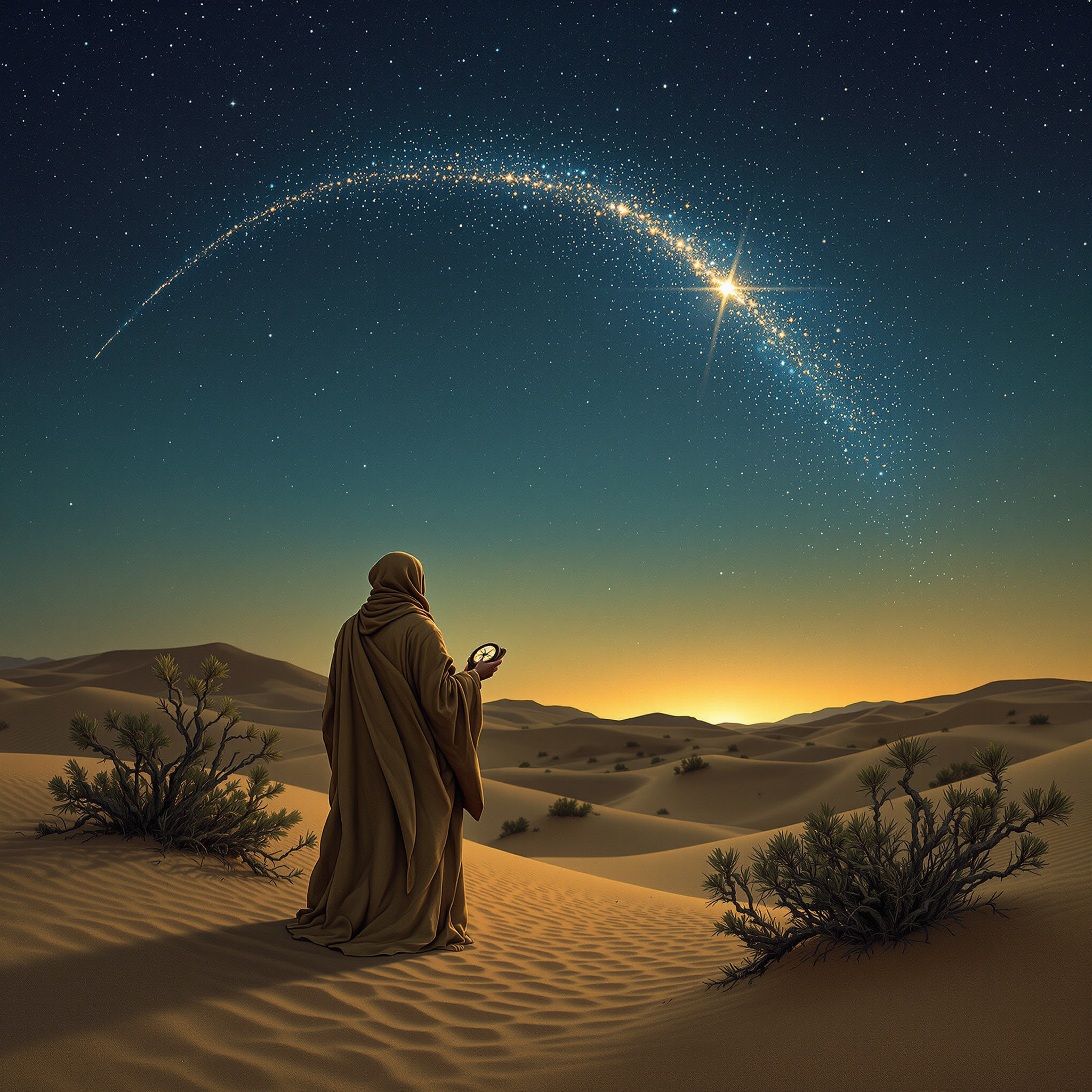According to this superstition, the trajectory of a shooting star is thought to point toward the region from which the wind will soon originate. This belief likely emerged among agrarian or seafaring communities, where weather prediction was essential. When a shooting star (a meteor) passes across the sky, observers interpret its direction as a cue for upcoming wind shifts. For example, if a shooting star travels from north to south, it was often believed that a northern wind would arrive. This forecast could influence practical decisions like crop sowing or sail navigation. Though primarily observational, the belief often carried a mystical tone, linking atmospheric changes with celestial omens.

A baby’s future career or fate is predicted by the first object they select during a ceremonial setup.
In several Asian and Eastern European cultures, a traditional ceremony is held for babies usually around their first birthday. Known


